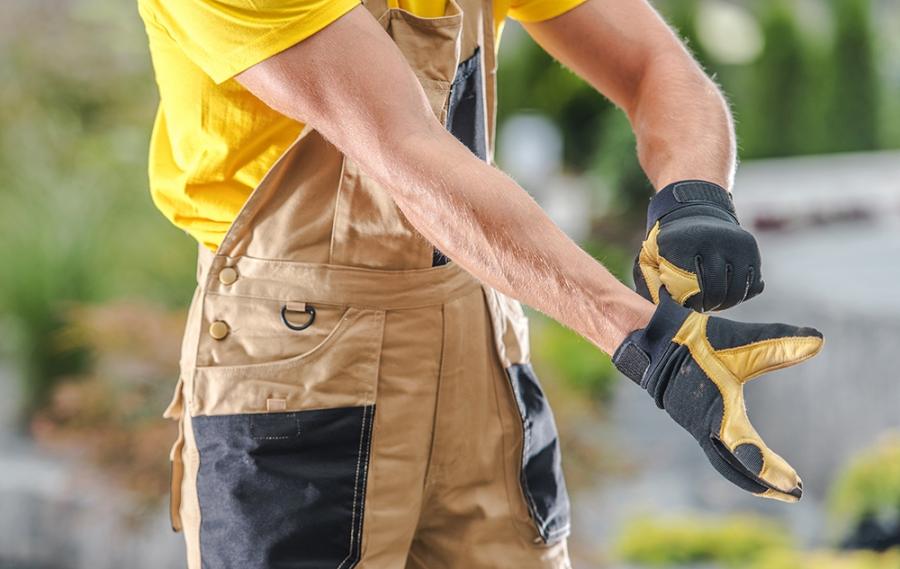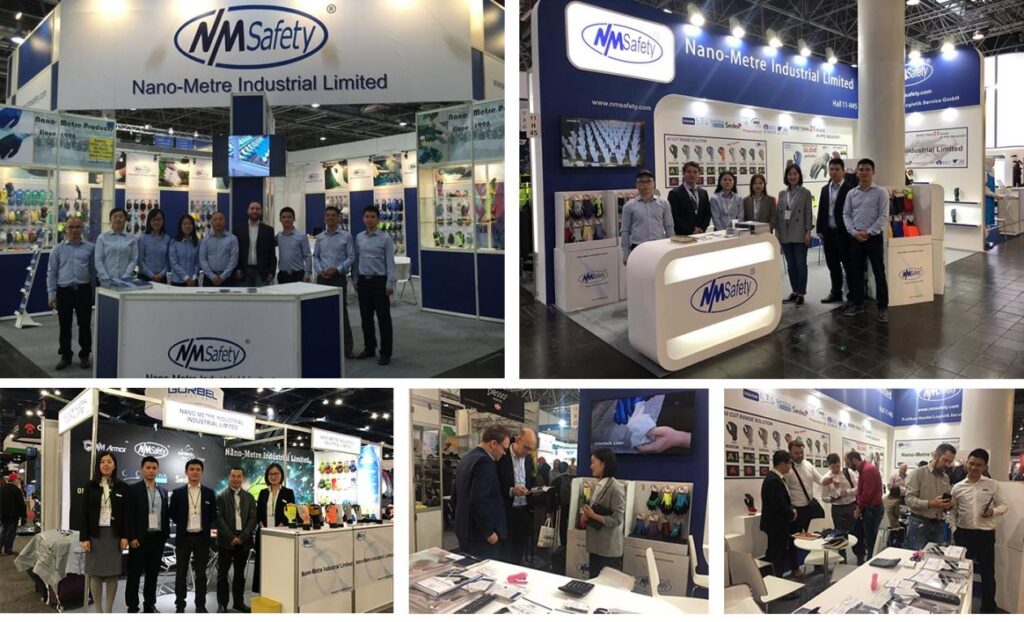Subscribe for NMSafety News
Why Faulty PPE Gloves Are a Silent Workplace Threat
By hqt

PPE Gloves are more than protective gear - they form the invisible barrier that keeps skilled hands productive, healthy, and confident in hazardous environments. Yet every week our support team at NMSafety hears stories of cracked coatings, slipping grips, and low-grade fabrics that fail at the worst possible moment. As a manufacturer obsessed with quality, we have a front-row view of how substandard gloves quietly raise workplace risks - and how the right pair rewrites that story.

The Hidden Costs of Substandard PPE Gloves
Substandard PPE Gloves look harmless on a purchase order, yet they introduce silent risks that only appear after an incident. Many importers shave pennies by lowering yarn density, skipping coating steps, or outsourcing inspection. The result is a glove that looks compliant but fails when it meets real-world stress.
❓ Why Cheap Is Expensive for Employers
When a glove tears or slips at the wrong moment, downtime follows. Machine resets, medical leave, and regulatory claims devour budgets. Insurance premiums creep upward - even if the incident "only" required first aid. Soon, the apparent savings vanish, replaced by:
✅ Hidden administrative hours spent on reporting and audits
✅ Reduced output while injured staff recover or new hires train
✅ Brand damage when customers learn about safety lapses
Because gloves sit at the bottom of many procurement spreadsheets, their true cost rarely receives scrutiny. That oversight is where workplace risks multiply.

• Common Faults We See in the Field
• Uneven nitrile coating: Patches of bare fabric allow fluids to soak through.
• Loose knit tension: Fibers spread under load, lowering cut resistance.
• Inconsistent sizing: Workers upsize for comfort, increasing snag hazards.
Each flaw stems from pressure to deliver "good-enough" gloves at the lowest figure, yet every flaw forms a weak link in your safety chain.
How NMSafety Designs PPE Gloves that Prevent Workplace Risks
Since 1998, NMSafety has confronted those stress points head-on. Operating three factories across Jiangxi, Jiangsu, and Shandong, we control every phase - from yarn selection to final inspection - and refuse to license out our name. Our approach begins with industrial hand protection solutions engineered for specific hazards. Instead of one generic glove, we offer targeted lines:
✅ Liquid-Proof Series with full nitrile immersion that seals out chemicals
✅ Cut-Resistant Series spanning ANSI A1 to A9, balanced for dexterity
✅ Winter Performance Series leveraging hollow-fiber insulation without bulk
By running fifteen production lines and 1,500 knitting machines in-house, we fine-tune gauge, stitch, and coating angle until each model passes both machine and human testing. Lightweight shells reduce fatigue, while advanced yarn blends disperse heat so workers keep gloves on all shift long - a small detail that slashes non-compliance.
• Our Multi-Factory Quality Process
• Fiber Certification - Raw yarn receives batch IDs and traceable lab checks.
• Automated Knit Calibration - Sensors flag tension drift within 0.1 mm tolerances.
• Triple-Stage Nitrile Dipping - Base coat, micro-foam grip, and abrasion top-coat fuse into one layer.
• Hand-Feel Audit - Veteran inspectors flex every glove for seam creep before packaging.
That rigor ensures NMSafety PPE Gloves maintain grip, cut, and tear resilience from the first box to the last - critical when a distributor receives mixed pallets months apart.

Choosing the Right PPE Gloves: A Practical Guide
Even the best glove fails if it is mismatched to the task. Below is a quick roadmap you can share with supervisors and safety reps.
1. Map Your Hazards
List contact points: sharp edges, oils, heat zones. Prioritize the top three. Focus resources there before expanding coverage.
2. Match Protection Levels
A worker handling sheet metal may need A5 cut resistance, while an electronics assembler needs antistatic yarns and a precision fit. Avoid over-specifying; bulky armor lowers dexterity and compliance.
3. Evaluate Real-Life Fit
Have the end-user perform their most common movements - pick, twist, push - wearing sample sizes. Comfort promotes continuous use, the simplest way to reduce risk.
4. Inspect Certification, Not Just Logos
Ask for lab reports tied to glove lot numbers. Authentic documents list test dates and methods. If a vendor hesitates, move on.
5. Plan a Replacement Cycle
Even premium nitrile coated safety gloves degrade. Track wear, set change-out intervals, and budget accordingly. The predictable expense beats the unpredictable cost of injury.
Ready to upgrade? Contact our application engineers for a free, no-obligation glove audit and sample kit. Discover how a tailored program can trim accidents and raise morale - often within the first quarter.
NMSafety believes that every accident avoided begins with honest equipment. By insisting on rigorously built, task-specific PPE Gloves, you signal respect for your workforce and protect your bottom line. Join hundreds of global partners who no longer gamble with hand safety - reach out today and let us design a solution that makes substandard gloves a thing of the past.
